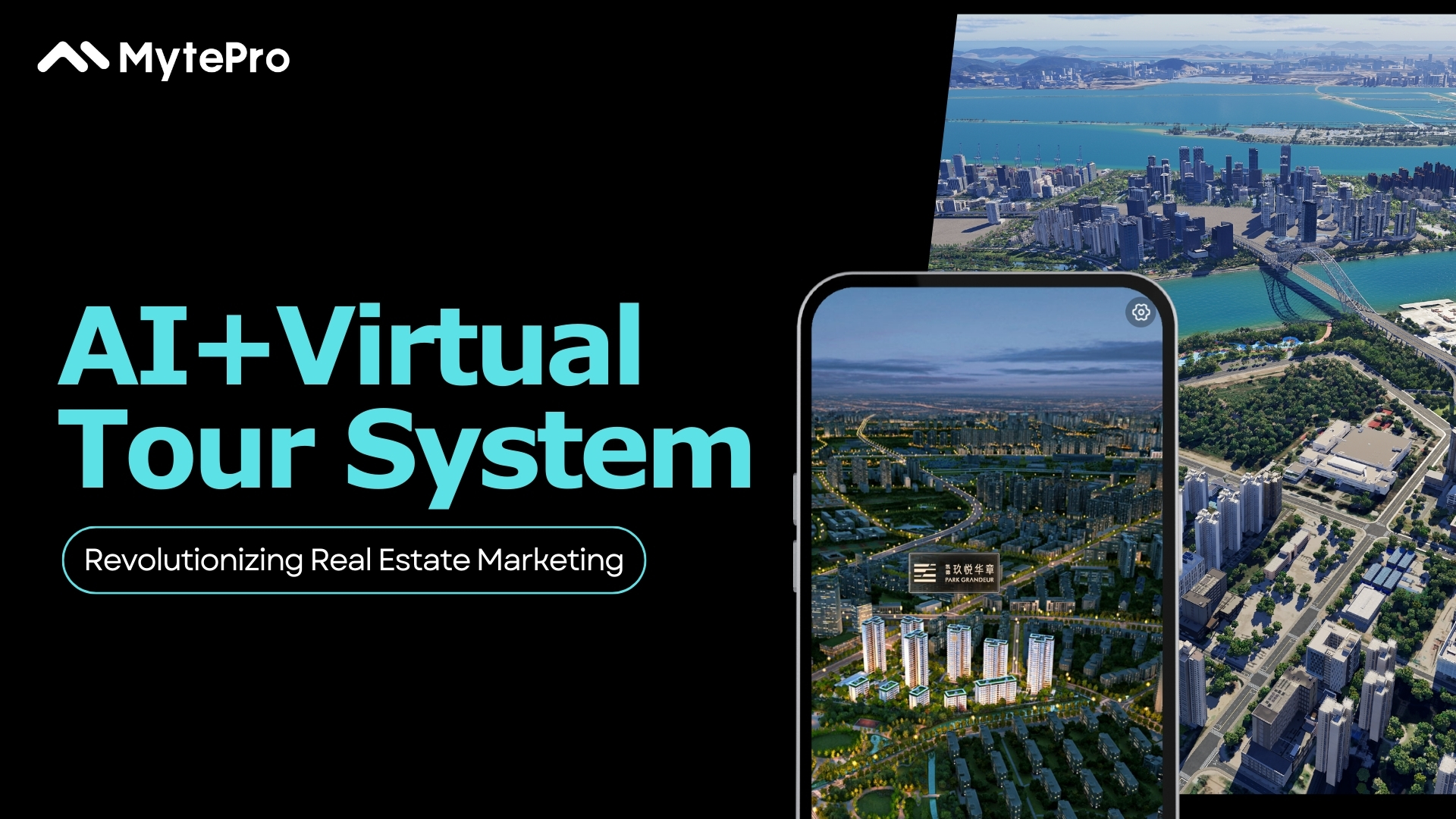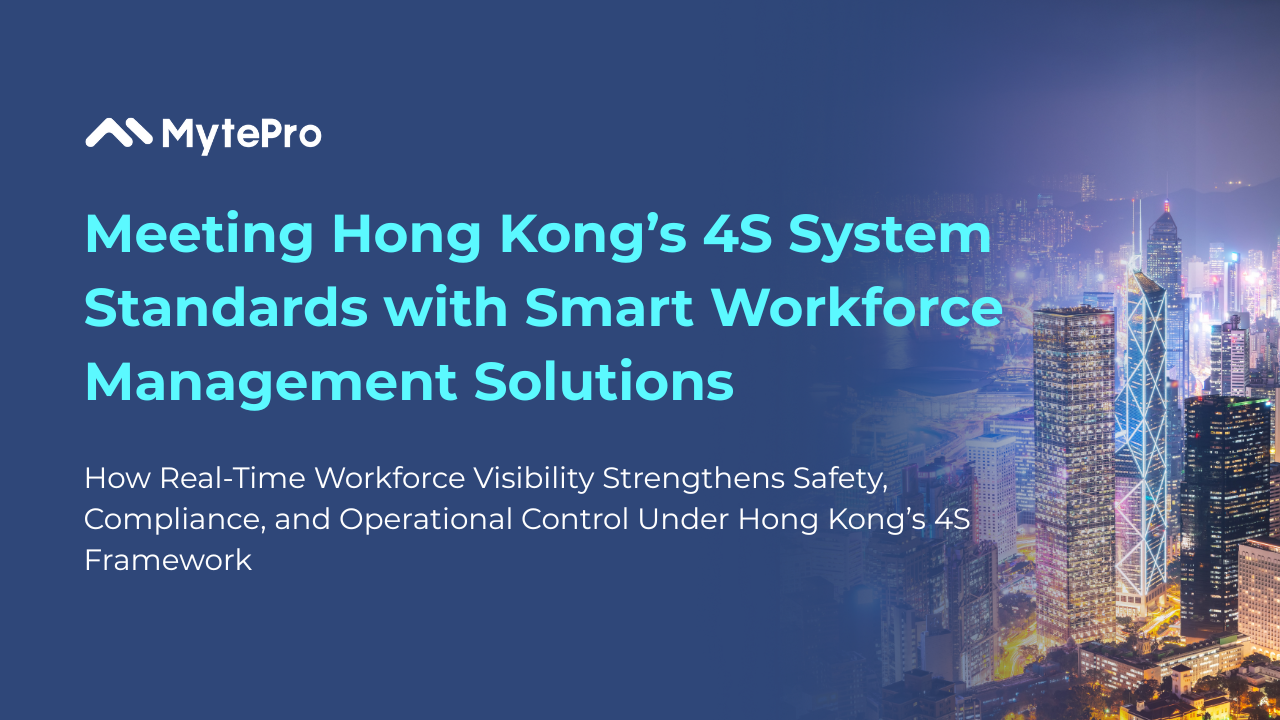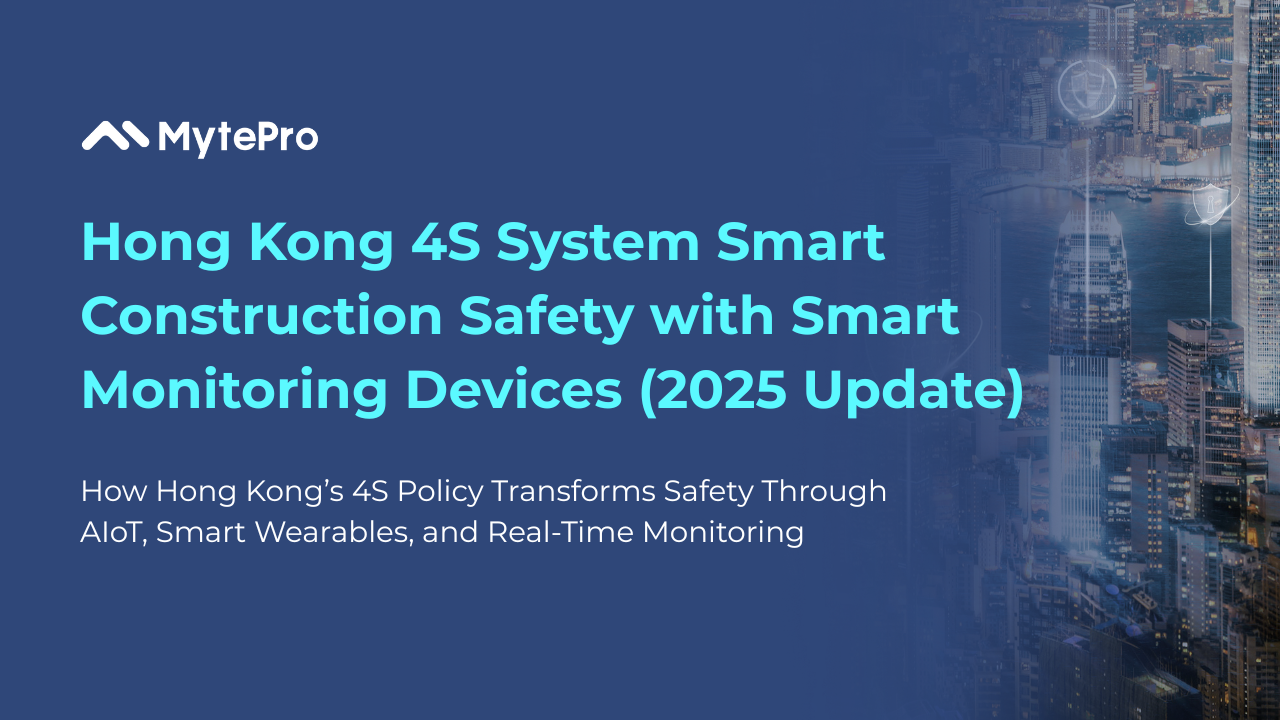
Content

What is a virtual tour system in the real estate industry?
For real estate developers, the most essential marketing activity would be showing potential customers around their listed properties. Traditionally, it has been carried out using open houses, where real estate agents physically guide customers to tour their properties and explore the floor plans, interior design, surrounding environment, etc. But this approach proves to be both time-consuming and costly, and is also limited by time and geographic space. Well, the fast-paced technological advancements have presented a solution that benefits both real estate agencies and potential customers: the virtual tour system.
A virtual tour system can be best described as a digital platform which allows users to immerse themselves fully in a virtual, in-person, touring experience. This marketing tool is used by real estate developers and enterprises to show customers what the property looks like and its other attributes from the comfort of their own homes. Also, customers can also simply access the platform on supporting mobile devices and tour around various properties enlisted by the company. As one of the most innovative PropTech, the virtual tour system increases customer engagement and property sales, making it a convenient and cost-effective way to present their listed properties.

Must-have features in a virtual tour system
For it to be an appealing and easy-to-navigate real estate marketing tool, here is the list of unique features that a virtual tour system must include.
1. 360° Immersive Experience
This is the key feature that allows customers to fully immerse themselves in the virtual space, where they explore every angle of the virtual property. By providing a 360° view, customers can realistically imagine the room dimension and feel as if they were viewing it in person.
2. Virtual Walkthrough Capability
To simulate a realistic touring experience, the virtual tour system must enable prospective customers to seamlessly move around the digital space. This can be done through either sequence-framing (merging multiple 360° images for users to click and enter the space) or by a 3D design game engine (where customers can move around freely similar to a game character).

3. Hyper-Realistic Rendering
By using advanced graphics to portray the property, it can emphasize the details, including lighting, textures, and finishes. All of these tiny details will increase the realism level and add depth to the virtual property.
4. Intuitive User Interface (UI) and User Experience (UX)
Customers may lose interest if the tool is difficult to navigate, making it essential for real estate developers to prioritize delivering an exceptional UI and UX. For example, the interface should use an attractive color scheme, a clean layout without unnecessary buttons, and an intuitive, easy-to-follow page flow.
5. Property Branding and Customization
To clearly tell which property is which, a virtual tour system should enable developers to customize and personalize this platform to their own brand preference and theme.
6. Device Compatibility
For this tool to be accessible, it should be compatible with multiple devices, such as mobile phones, tablets, computers, virtual goggles, and large monitors. Additionally, the interface for each device should stay consistent and its performance should not be compromised.
7. Integration with CRM Tools
Linking the virtual tour system to each developer’s own CRM tool would be highly beneficial, as they can collect customers’ contact information and track each customer’s behaviors (time spent, areas visited, property preferences, etc.). This data can later be leveraged to enhance the personalized customer experience and improve marketing conversion rates.
Moreover, many providers now utilize AI technology to analyze customer behavior data and provide intelligent reminders. For instance, if a customer repeatedly views the same property, the system can automatially identify their strong interest and notify sales represnetatives to follow up increase conversion rates, and prevent customer loss.
Other than these fundamental features, additional functions that could further elevate a customer’s experience include: interactive information points (allows users to click and reveal additional information on room details, materials finishes, etc.), measurement tools (allows users to directly measure room and even furnishing dimensions), and a guided tour option (allows users to listen to a pre-recorded property explanation while they go around the property).
What are the benefits of using a virtual tour system?
With all these features jam-packed into one marketing tool, the virtual tour system has a list of influential benefits for real estate developers, agents, and also long-distance homebuyers.
1. Accessible Whenever, Wherever
The virtual tour system is available and accessible 24/7 no matter where you are. This makes property tours much better and efficient as both real estate agents and customers would not have to deal with scheduling conflicts and enable customers to browse through properties halfway across the world from them.
2. Time and Cost Effective
Setting up an open house or property tour needs time and costs. However, with virtual tour systems, there’s no need for operational and maintenance fees, and no need to spend valuable time just for one property tour with uncertain results. Instead, customers can just choose their own time to tour around properties that they like, and developers can schedule offline tour appointments for more promising customers.
3. Higher Engagement
When customers discover a virtual tour system’s many immersive and interactive features, they will be engaged for a longer amount of time and increase both the conversion rate and customer satisfaction.
4. High Quality Leads
Rather than taking a big portion of their time to visit numerous properties that may or may not be suitable to their preferences, customers can browse through all the properties first, and choose several properties that spike their interests and they consider buying. This can reduce unnecessary property visits and increase the quality of leads, leading to more property sales.
5. Higher Visibility & Wider Reach
Properties that provide a virtual tour will attract more customers than properties that only show static images, hence increasing its visibility. Virtual tour systems also enable properties to be visible and accessible to long-distance homebuyers, which helps them to make property purchases more confidently despite not being able to visit it in-person. This way, a developer’s clientele list expands, now including remote prospective customers.
Conclusion
As technology continues to shape the future of real estate, adopting a virtual tour system is no longer just an option, as it is a necessity for staying competitive and meeting modern customers’ expectations. With features like 360-degree viewing, virtual walkthroughs, CRM integration, and device compatibility, it enhances customer engagement, reduces time and costs, and attracts high-quality leads. By embracing this innovative solution, real estate developers can streamline operations, increase property sales, and deliver exceptional customer experiences in today’s fast-evolving market.
Ready for More Good Reads?



